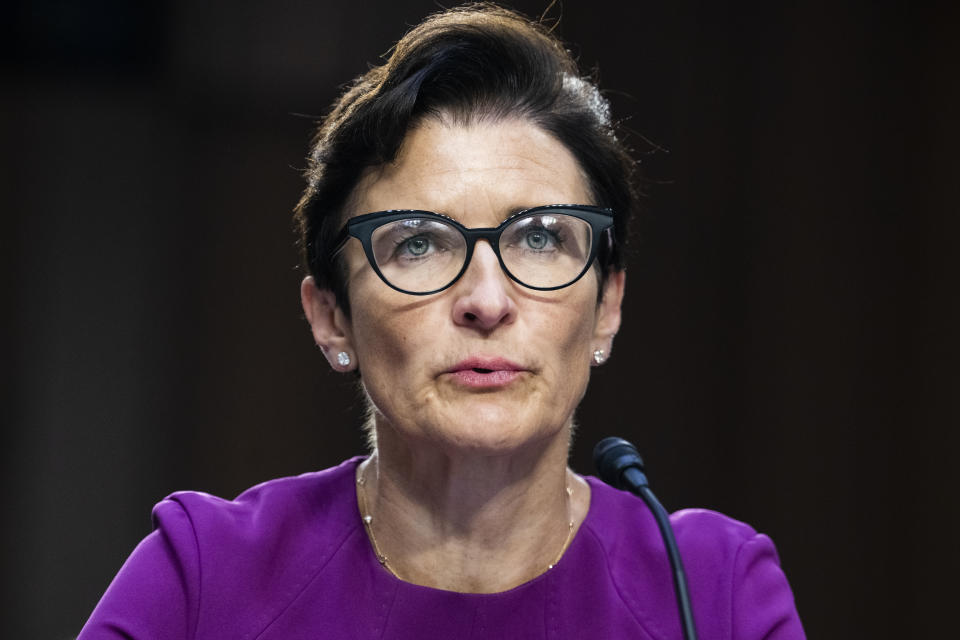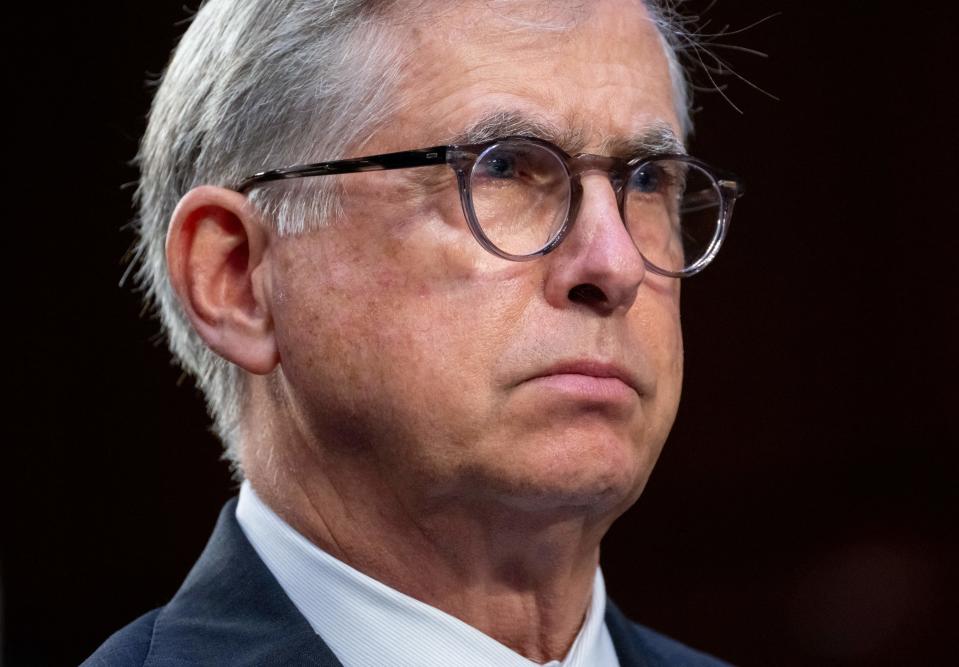
Citigroup (C) is stripping out five layers of management. US Bancorp (USB) is pledging to shrink its balance sheet so it can sidestep stricter banking regulations. Truist (TFC) is trying to save hundreds of millions by completing what it called “sizable reductions in force.”
The new mantra in banking is: get smaller.
Financial institutions are shedding rank-and-file workers, managers, loans, investments, and business lines as a way of stabilizing their earnings during one of the toughest operating environments for the industry since the aftermath of the 2008 financial crisis.
The shrinking began in the spring when the failures of Silicon Valley Bank, Signature Bank, and First Republic in March and May triggered panic about the strength of many banks across the US.
As that chaos stabilized, banks looked to sell investments and loans as a way of preserving capital. New proposed rules from US regulators that would force banks to set aside bigger buffers to cover potential losses on risky assets served as another motivator to shrink balance sheets.
Head counts are now falling, as well, as banks brace for even more economic uncertainty from geopolitical unrest, rising bond yields, and an extended period of high interest rates from the Federal Reserve.

“If you put it all together, the financial incentive to grow is not there,” Sean McGlynn, a credit adviser to small and mid-sized banks, told Yahoo Finance. “You’re not being rewarded in the market for it. Banks don’t trade at big premiums to book value so, why do it right now?”
Big banks are leading the way. Bank of America (BAC), Citigroup, and Wells Fargo (WFC) trimmed their workforce by 11,265 employees in the third quarter, according to filings from the companies and earnings calls.
Citigroup, which eliminated 2,000 people in the third quarter and has reduced its workforce by 7,000 so far this year, began a dramatic restructuring as CEO Jane Fraser unveiled what she called the “most consequential” change to how Citi operates in nearly two decades. She made it clear that would mean fewer people.

The bank said in a presentation attached to the release of its third quarter earnings that the restructuring will take the bank from 13 to eight layers of management. Fraser told analysts a reduction of roughly 60 management committees thus far “frees up over tens of thousands of people-hours annually.”
“The changes will eliminate layers, duplication, and complexity, allowing us to operate the bank more agilely and freeing our people up to focus on clients and execution,” Fraser said.
Bank of America trimmed its head count by 2,794 in the third quarter by relying on employee attrition and selective hiring, the bank said, while continuing to hire new people.
“Even with hiring 2,500 college graduates this fall, our head count is down 6,000 from its January peak,” said CFO Alastair Borthwick.

Wells Fargo recorded the biggest drop among the big banks in the third quarter, ending with 6,471 fewer workers.
“We’re in the middle of going through the exercise for next year as most other companies are,” Wells Fargo CEO Charles Scharf told analysts.
Smaller regional lenders that face even more profitability pressures are pulling back, too. In some cases, they are getting rewarded by investors for dramatic action.
When US Bancorp announced that it had agreed to a cap on its assets and a shrinking of its balance sheet as a way of avoiding tougher regulations from the Federal Reserve, its stock moved higher by 7% in one day.
“If we elect to grow or want to grow, and we do want to grow in a capital-efficient manner, we will do so,” said US Bancorp CEO Andrew Cecere. But “demand for loans is quite low” and “that gives us kind of the confidence that we have more time and flexibility here.”
Several other regionals talked about head count reductions as they released third quarter results.

PNC (PNC) said it would be eliminating another 4% of its workforce after getting smaller by 2,578 employees through the third quarter. Ally Financial (ALLY) said it would be cutting roughly 5% and estimated that would save $80 million per year.
Truist, a regional bank based in Charlotte, N.C., is in the middle of a cost-cutting plan that it hopes will save $750 million over the next 12-18 months. In September it said that would include $300 million of personnel adjustments that it referred to as “sizable reductions in force.”
In a presentation to investors this week it referred to those reductions as “spans and layers,” “consolidation of redundant/similar functions,” “select business restructuring,” and “geographic simplification.”
CEO Bill Rogers said in recent weeks “we’ve streamlined our commercial and community banking regions from 21 to 14.” The company had 621 fewer employees at the end of the third quarter than it had in the second.

Rogers declined to address a media report that the bank is looking to sell its insurance business, which would certainly make the bank even smaller, but acknowledged Truist wants “to retain that strategic and financial flexibility.”
“We’re obviously in a market that’s got a lot of uncertainty to it,” he said.
David Hollerith is a senior reporter for Yahoo Finance covering banking and crypto.
Click here for the latest stock market news and in-depth analysis, including events that move stocks
Read the latest financial and business news from Yahoo Finance





